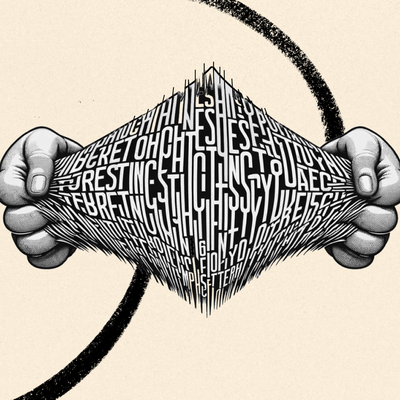
Was this newsletter forwarded to you? Sign up to get it in your inbox.
Yesterday OpenAI gave a few writers, including Evan Armstrong and me, a private demo of a new ChatGPT feature from OpenAI called Canvas. It’s available today for all ChatGPT paid subscribers.
Canvas is a document and code editor that pops up natively inside of ChatGPT.
Here’s a bit more about it, with some analysis from us.
What Canvas is
Canvas is OpenAI’s response to Claude Artifacts. There’s one big difference between Artifacts and Canvas: In Canvas, the document in the sidebar is fully editable by you, the human.
When you’re working with ChatGPT and it determines that you want to use it to write a document or a piece of code, it will pop out a sidebar to the right of the chat, where it returns its output. Everything in the sidebar is editable, and you can go back and forth directly collaborating with ChatGPT without having to wear out your copy and paste keys transferring its output into another editor.
The Only Subscription
You Need to
Stay at the
Edge of AI
The essential toolkit for those shaping the future
"This might be the best value you
can get from an AI subscription."
- Jay S.
Join 100,000+ leaders, builders, and innovators

Email address
Already have an account? Sign in
What is included in a subscription?
Daily insights from AI pioneers + early access to powerful AI tools










Comments
Don't have an account? Sign up!
Interested to know how or if Lex will up its game in light of this...
Brilliant collaborative article. Would you two go further and present the throughline on this? Who (human names not company names) is likely to invest heavily in this because they hope for a high return? Who is likely to push back because it removes their means of income or alters their identity? What are specific actions you will take (your life, your career) and what will you shift or accelerate in Lex because of this?
How is Lex handling its moat?
For coding purposes I'm so far still more impressed with Claude. Canvas seems great in theory, lots of new features compared to Claude, but Claude's implementation remains smoother and, more importantly, the code it outputs seems more complete and conformat to the prompt. I love that we now have two competing similar systems though, and I have high hopes for where Canvas will go!
Lex vs. OpenAI Canvas?